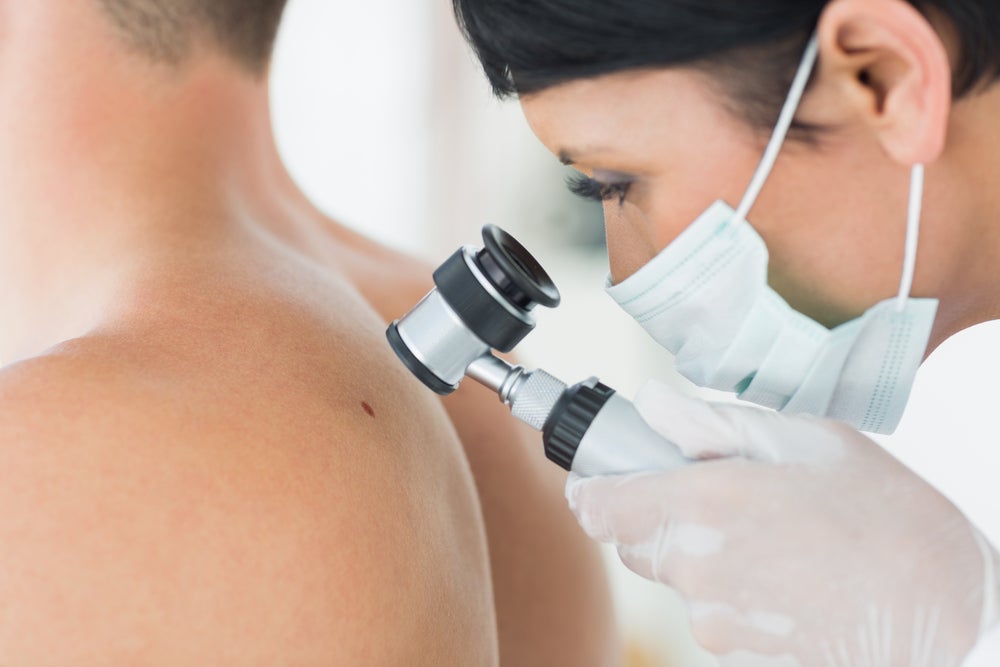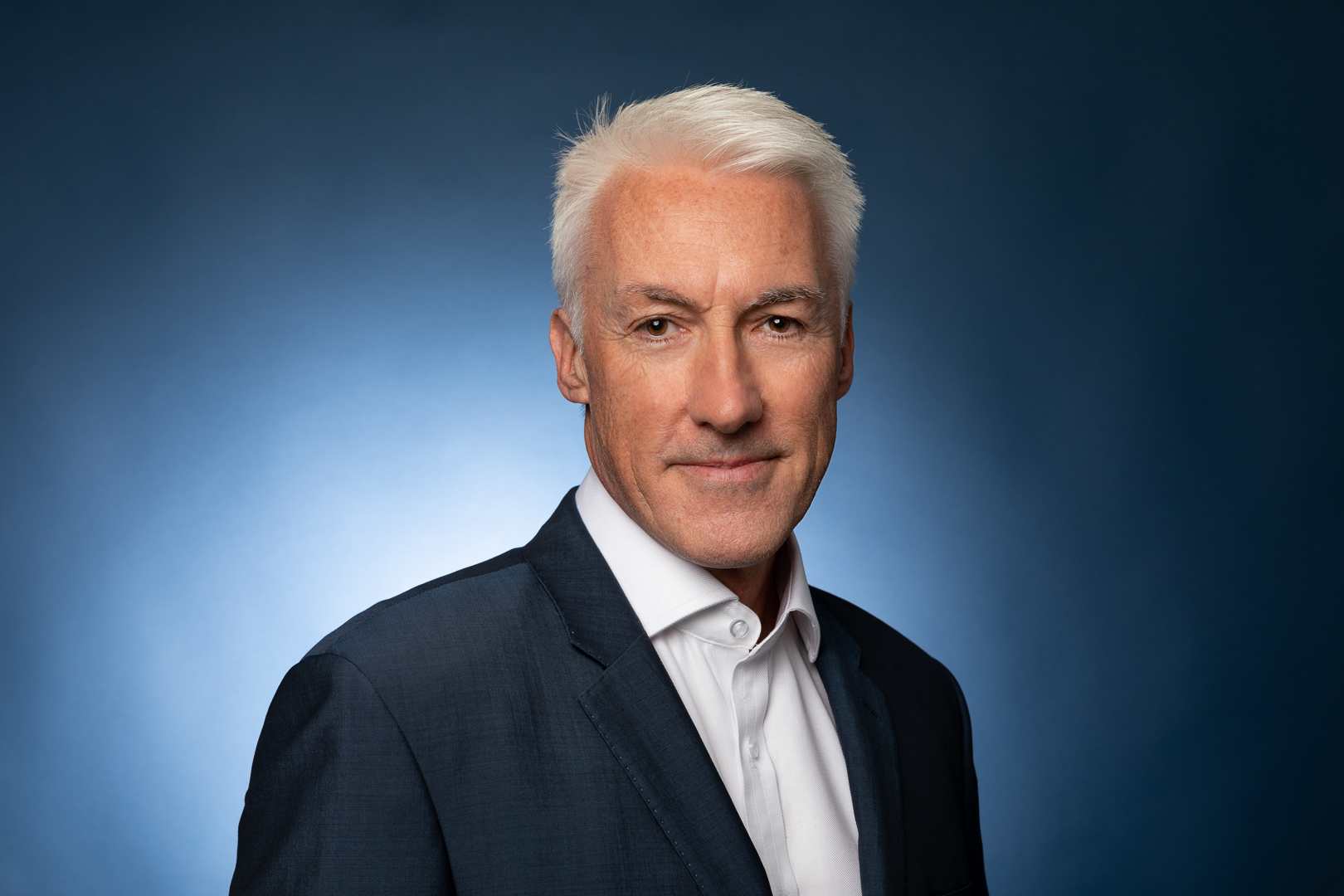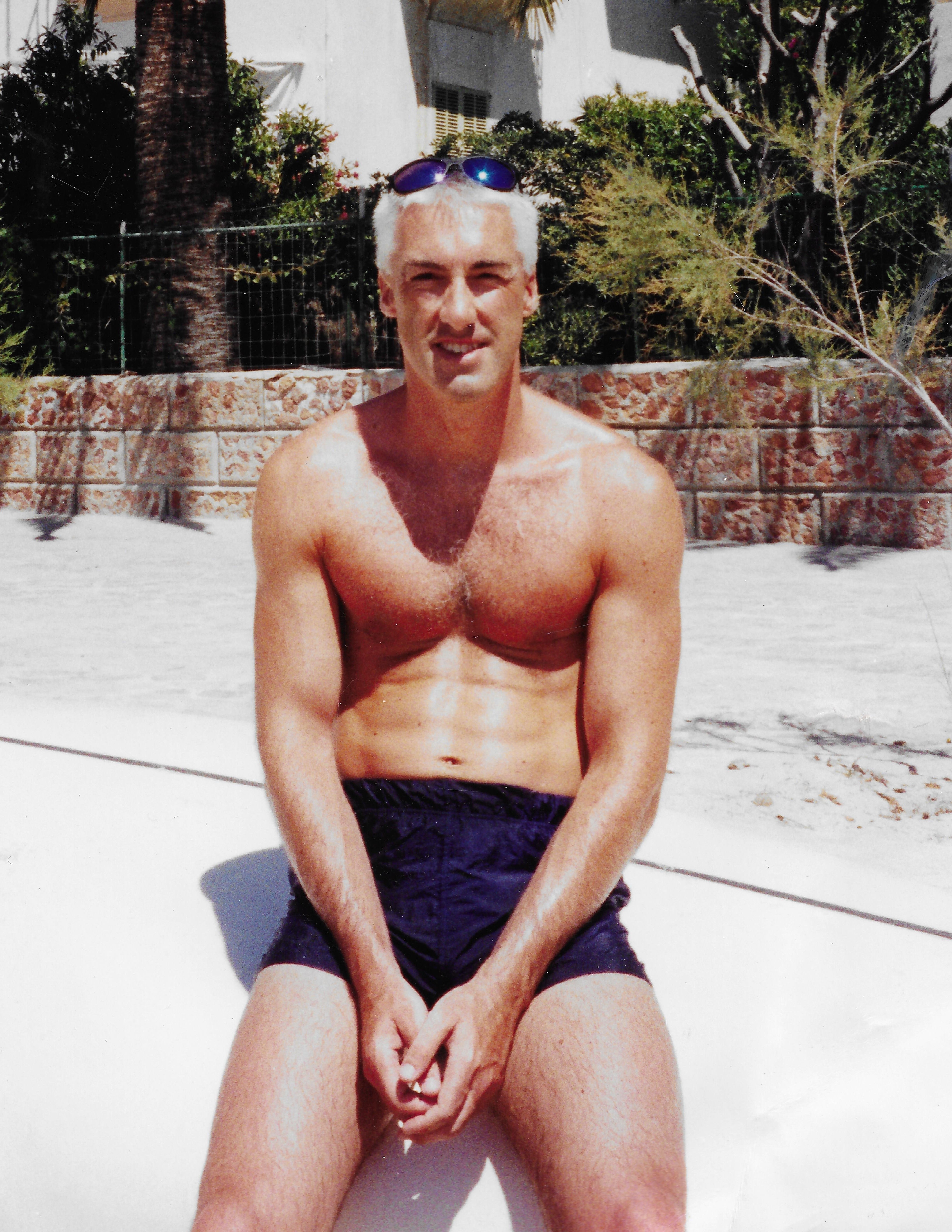How a skin cancer diagnosis led to The Mole Clinic
At the age of 40, Scot Iain Mack developed a melanoma and after surviving cancer, he set up The Mole Clinic to help people keep an eye on their moles


Your support helps us to tell the story
From reproductive rights to climate change to Big Tech, The Independent is on the ground when the story is developing. Whether it's investigating the financials of Elon Musk's pro-Trump PAC or producing our latest documentary, 'The A Word', which shines a light on the American women fighting for reproductive rights, we know how important it is to parse out the facts from the messaging.
At such a critical moment in US history, we need reporters on the ground. Your donation allows us to keep sending journalists to speak to both sides of the story.
The Independent is trusted by Americans across the entire political spectrum. And unlike many other quality news outlets, we choose not to lock Americans out of our reporting and analysis with paywalls. We believe quality journalism should be available to everyone, paid for by those who can afford it.
Your support makes all the difference.You don’t have to go to all the way to the Med or Australia – you can get sunburn in Scotland, too. Which brings with it the risk of melanoma. Case in point: Iain Mack, raised in Glasgow, diagnosed with skin cancer aged 40. He’s now MD of The Mole Clinic which he founded to screen and treat other potential sufferers.
Mack has a fair skin and blond hair, so he was a natural target for sun damage. His parents took him for regular holidays on the west coast (the Scottish one). But nobody thought of using sunblock when he was a child and he was duly sunburnt on a regular basis. “Back then, virtually no one was aware,” says Mack.
In the Victorian era, everybody covered up if they could. No one much wanted a tan for fear it might suggest you worked in the fields. The porcelain look was preferred. That all changed after the Second World War. “Brigitte Bardot and other celebrities made a tan fashionable,” says Mack. “And even today we have far too many influencers showing off their tans. I was once as bad as the rest of them.”
Scotland is not the south of France and that is the problem, says Mack. “We don’t see much sun – and as soon as it pops out we all go mad and strip off and overdo it.” In 2002, Mack was on holiday in Marbella when he came down with a dose of food poisoning. He was wearing his trunks when he went in to see the doctor who more or less ignored his story of dodgy shellfish and scrutinised his thigh instead, where he had an enlarged mole. “You need to see a skin specialist pronto,” she said.
His GP referred him to a dermatologist who duly diagnosed an invasive malignant melanoma.
“It was my fault,” says Mack. “I’d let it go on long enough for the cells to travel down to a deeper layer.” The diagnosis induced a complete change of perspective. He had always kept himself fit and practised martial arts. The karate kid had never contemplated his own mortality before, “but with cancer you do”, he says. “Everything changes.”
Check your moles
The Mole Clinic suggests the following ABCDE rule which people can follow at home. If they are able to answer yes to any of these questions, then it is advised they should seek expert advice
A – Asymmetry: Look for moles that are asymmetrical in shape, where one half of the mole is unlike the other.
B – Border: Does the mole have an irregular border? Is it scalloped, jagged or poorly defined?
C – Colour and Comparison: Does the mole have more than one colour and does the mole look different from your other moles?
D – Diameter: Check the diameter of the mole to see if it is bigger than 7mm (about the size of the end of a pencil). However, most skin cancers start off smaller than this and it is important to check for any lesion that is new, changing or unusual, regardless of size.
E – Evolving: Is the mole evolving or changing size shape or colour?
Mack was a solicitor in Glasgow with a young family to bring up when he got the phone call telling him he needed second operation, a wide lesion excision. “My whole life turned upside down,” he says. “I became obsessed with finding out more about skin cancer.”
The headline news for him was that it was life-threatening – it kills about 3,000 every year in the UK alone – but he also discovered that while Australia had twice the number of melanomas, we have twice the number of deaths. “That was the hook for me: how does that come about?”
He flew to Brisbane to speak to skin cancer specialists and was struck by two things: skin screening clinics on every high street and dermoscopy, using an illuminated microscope to look at the surface of moles and also examine what is going on underneath.
“They were spotting cancers that were invisible to the naked eye,” says Mack.
None of that occurred in the UK. Australians have their skin checked as regularly as we would our teeth or our eyes. And they are diagnosed early. The key thing about skin cancer is that it is easily treatable by excision if it is caught in time. “To my way of thinking it was simple,” says Mack. “We needed skin clinics to be readily accessible and we needed dermatoscopes.” He set out to provide both.

Fortunately, Mack was covered by critical illness insurance. He took the pay-out, shut down his legal practice and the first small Mole Clinic opened in London, off Oxford Circus, in 2003.
He says: “I was able to find doctors and nurses who shared my passion for early diagnosis.” But he was also fortunate in that the summer of that year was one of the hottest on record. In the midst of a scorcher the media sat up and took notice of what he was doing. Soon he was appearing on the BBC and News At Ten – and triggering a mole rush.
“We were booked out. We had MPs, rock stars, actors and actresses all queueing up,” recalls Mack. Celebs included Carol Vorderman, Denise van Outen and Sean Pertwee. Soon he had a six-month waiting list and: “That’s when I realised this is really something.”
It even had doctors coming to get screened. The Mole Clinic was the first independent clinic to be recognised by the NHS and has the only skin cancer nurse training programme in the UK. Although a trained lawyer, Mack was elected a fellow of the Royal Society of Medicine in 2005.

The Mole Clinic app puts GPs directly in touch with dermatologists. By uploading pictures of potential melanoma contenders, it enables them to eliminate 75 per cent of possible referrals, thus bringing down waiting times. The Mole Clinic isn’t free but it is very reasonable: £50 per mole. “It’s the cost of a night out,” says Mack. “But it could save your life.”
Up until the pandemic, he had five clinics, all in London, screening around 20,000 people a year, some from as far away as Aberdeen. The pandemic had the effect of locking down them down, and they were left high and dry without a government lifeline. “It was a worrying time,” admits Mack. “We had huge expenses and zero income.” Then the cavalry rode to the rescue in the shape of sk:n, the biggest independent skincare group in the country. Now The Mole Clinic is financially secure and has been able to roll out its clinics nationally – including one just opened in Glasgow.
There is a shortage of dermatologists. “It’s a real shame,” says Mack. “It’s such a fascinating area. I wish more medical graduates would specialise in skin.”
Iain Mack’s skin, to my untrained eye and without using a dermatoscope, looks healthy and glowing, so he’s a good advertisement for the business. He still doesn’t like to use sunblock if he doesn’t need to. Nor does he avoid the sun completely. He says: “I need to get my vitamin D. I just don’t overdo it any more. Moderation in all things.”
But he still gets an annual top-to-toe check-up, just to be on the safe side.




Join our commenting forum
Join thought-provoking conversations, follow other Independent readers and see their replies
Comments